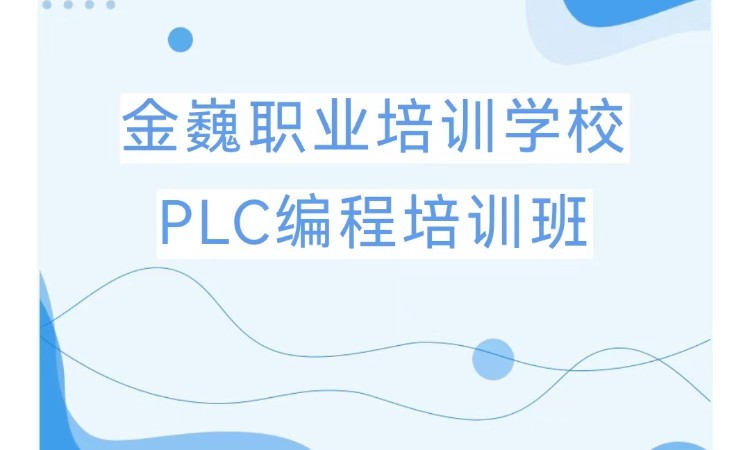ACCA考试《P2公司报告》必备考点(10)
2016年01月19日
IAS 19 Employee benefits
1 Four categories of employee benefits given by IAS 19
. short term benefits,ie salary, social security contributions and paid annual leave
. post employment benefits, ie pensions and post-employment medical care
. other long-term benefits, ie profit shares, bonuses or deferred compensation payable later than 12 months after the year end, sabbatical leave
. termination benefits, ie early retirement payments and redundancy payments
Definition:
Current service cost: is the increase in the present value of the defined benefit obligation resulting from employee service in the current period.
Interest cost: is the increase during a period in the present value of a defined benefit obligation which arises because the benefits are one period closer to settlement.
The interest cost in the statement of comprehensive income is the present value of the defined benefit obligation as at the start of the year multiplied by the discount rate.
2. Short-term employee benefits
- unused holiday leave
Q 8:A company gives its employees an annual entitlement to paid holiday leave. If there is any unused leave at the end of the year, employees are entitled to carry forward the unused leave for up to 12 months. At the end of 20X9, the company’s employees carried forward in total 50 days of unused holiday leave.
Employees are paid $100 per day.
Required
State the required accounting for the unused holiday carried forward.
Solution
The short-term accumulating compensated absences should be recognized as a cost in the year when the entitlement arises, ie in 20X9.
3 Post employment benefit plan:
defined contribution plans and defined benefit plans
Defined contribution plans: the employer (and possibly current employees too) pay regular contributions into the plan of a given or defined amount each year. The contributions are invested, and the size of the post-employment benefits paid to former employees depends on how well or how badly the plan’s investments perform. If the investments perform well, the plan will be able to afford higher benefits than if the investments performed less well.
Defined benefit plans: the size of the post employment benefits is determined in advance, ie the benefits are defined. The employer (and possible current employees too) pay contributions into the plan, and the contributions are invested. The size of the contributions is set at an amount that is expected to earn enough investment returns to meet the obligation to pay the post employment benefits. If, however, it becomes apparent the assets in the fund are insufficient, the employer will be required to make additional contributions into the plan to make up the expected shortfall. Otherwise the employer may take a ‘contribution holiday’.
4 Defined benefit plans: recognition and measurement
An outline of the method used for an employer to account for the expenses and obligation of a defined benefit plan is given below.
(1) Actuarial assumptions: should be used to make a reliable estimate of the amount of future benefits employees have earned from service in relation to the current and prior years.
(2) Future benefits: should be attributed to service performed by employees in the current period, and in prior periods, using the Projected Unit Credit Method. This gives a total present value of future benefit obligations arising from past and current periods of service.
(3) Fair value of any plan assets should be established.
(4)Size of any actuarial gains or losses are determined, and the amount of these that will be recognised.
(5)If the benefits payable under the plan have been improve, the extra cost arising from past service should be determined.
A past service cost arises when an entity either introduces a defined benefits plan or improves the benefits payable under an existing plan. As a result, the entity has taken on additional obligations that it has not hitherto provided for.
推荐课程
全部课程-
 天津国际游学夏令营 请询价天津市金巍职业培训学校了解课程 免费通话
天津国际游学夏令营 请询价天津市金巍职业培训学校了解课程 免费通话 -
 了解课程 免费通话
了解课程 免费通话 -
 天津海外游学夏令营 请询价天津市金巍职业培训学校了解课程 免费通话
天津海外游学夏令营 请询价天津市金巍职业培训学校了解课程 免费通话




